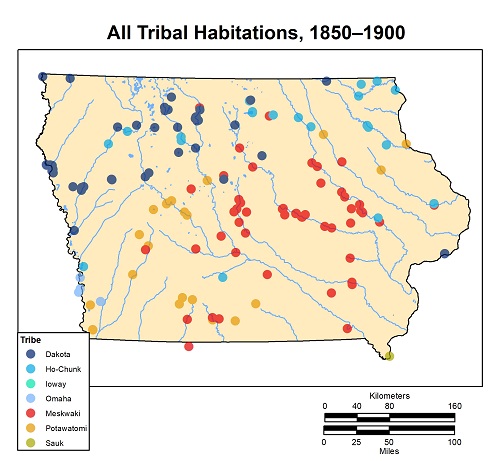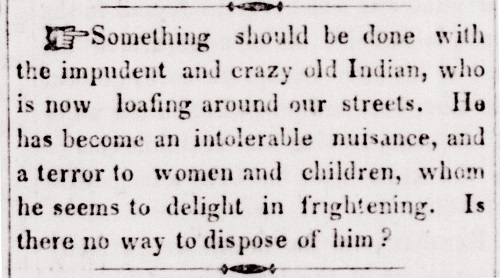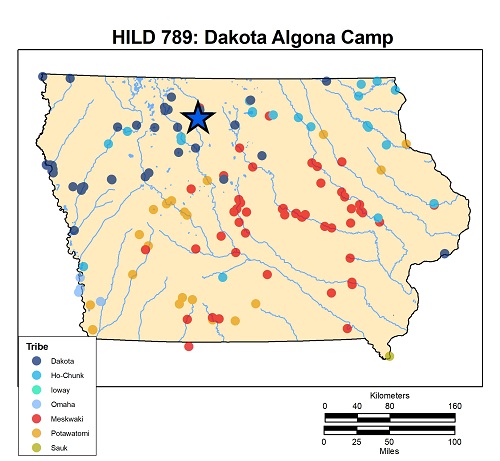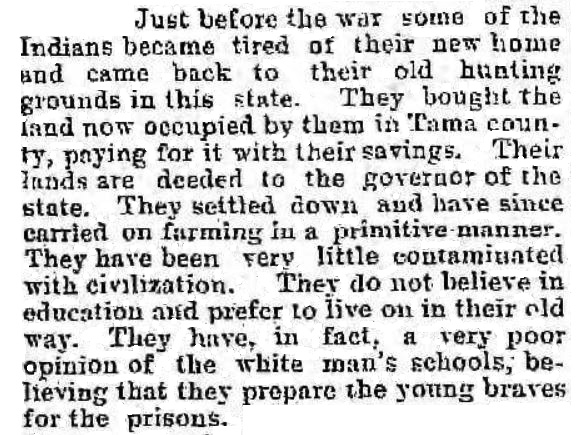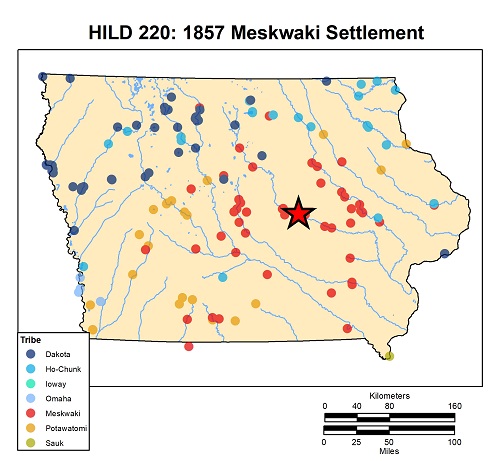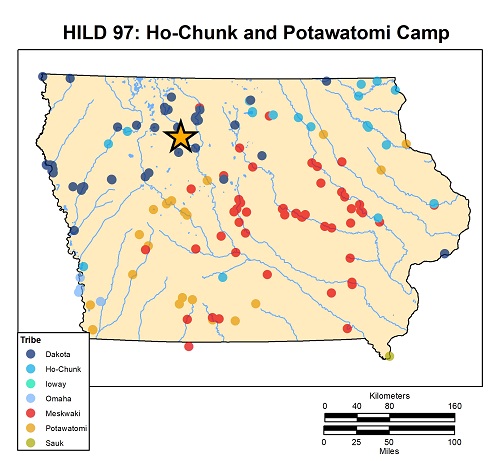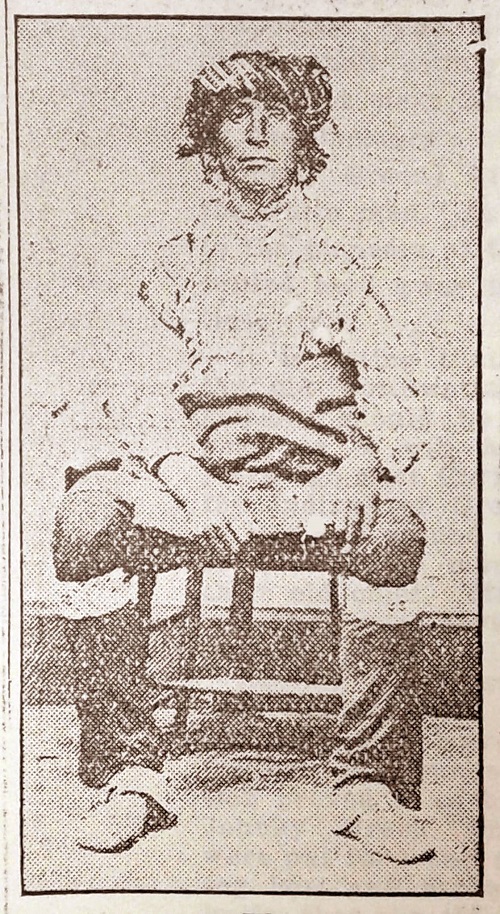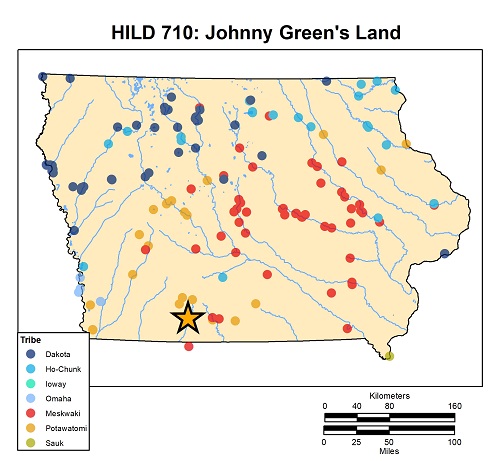1850 - 1900
Although there were supposed to be no Indians left in Iowa after 1850, Dakota, Ho-Chunk, Meskwaki, and Potawatomi all lived in the state with varying levels of concealment.
Santee and Yankton Dakota were regularly seen in northern Iowa throughout the following decade. In 1850, the U.S. army built Fort Dodge to monitor them. HILD shows a remarkable increase in the interactions with Dakota after 1850 in Iowa; surveyors, settlers, and soldiers were more common in the region during this period, increasing the chances of encounters. The area around Sioux City had a large concentration of Dakota habitations and activities. American settlers often fought established French and Indian residents. One notable case is the “Angie War” of 1854, when Henry Angie, a French-Dakota trader, and his Dakota wife were forced after a siege and gunfight to surrender their farm near Sioux City to American settlers. The Spirit Lake Massacre of 1857 effectively led to the complete removal of Dakota from the state, and the Dakota Uprising of 1862 led to the militarization of northwest Iowa to keep them out. Several Dakota descendants claimed land in the Sioux City area under the Indian Allotment Act of 1858 in exchange for giving up their rights as tribal members.
Ho-Chunk, Meskwaki, and Potawatomi were more tolerated in the state, largely because they were generally clandestine and perceived as peaceable. Meskwaki continued occupying their home range along the Iowa River in Tama County and had minor conflicts with settlers, but they were resolved nonviolently. Far more common were mentions of Meskwaki living in small camps or traveling across the countryside. The state of Iowa recognized the Meskwaki Settlement in 1857, and Meskwaki have persevered there. In the modern era the Meskwaki Nation significantly contributes to the region’s economic development.
Ho-Chunk returned to Iowa and ranged through northeast and northern Iowa, and there are historical accounts of them reoccupying the Decorah area in the early 1850s. After their return to Wisconsin in the 1860s and 1870s, there were accounts of them visiting and living in Iowa.
The most surprising aspect of the period is the frequency of sightings of Potawatomi. Members of the Prairie Band of Potawatomi, led by Chemeuse (aka Johnny Green or Waiwaiwa), frequently camped with Meskwaki in the 1840s and later and appear to have merged with the Iowa Meskwaki. Occasionally, Potawatomi would reside with Ho-Chunk.
